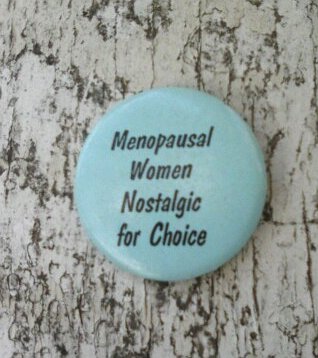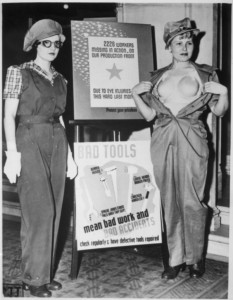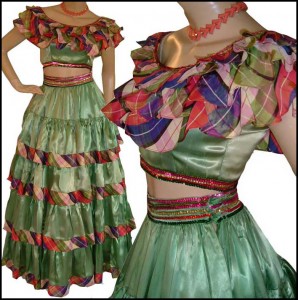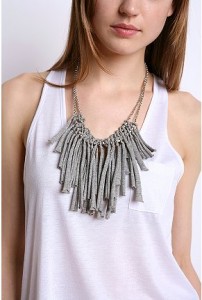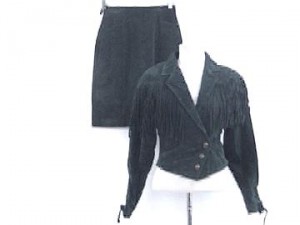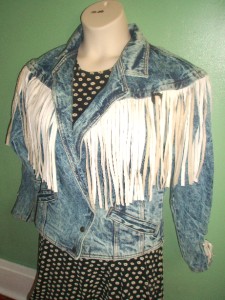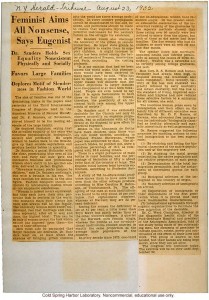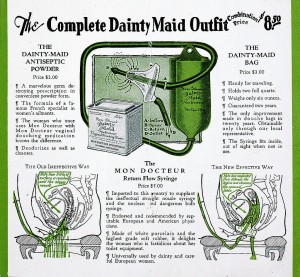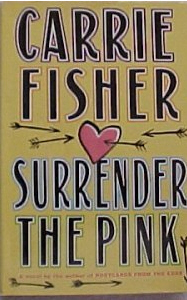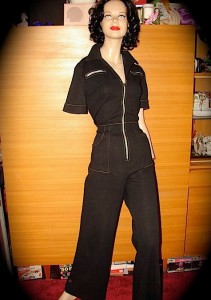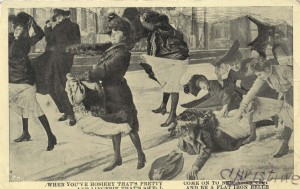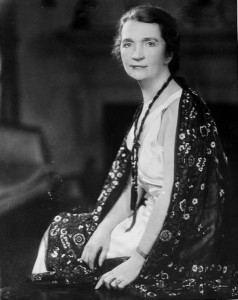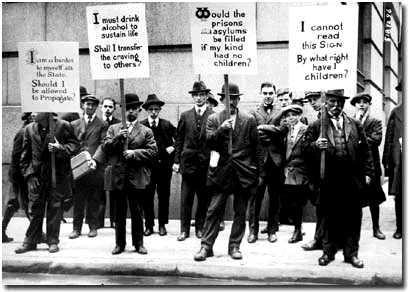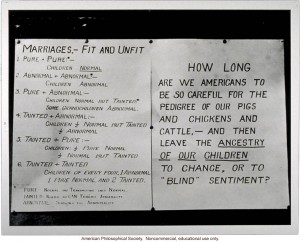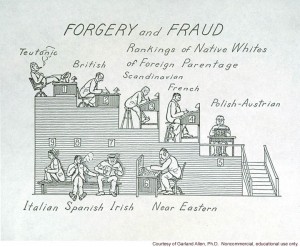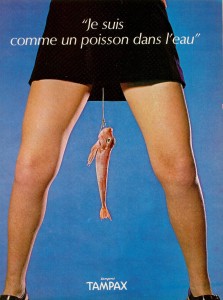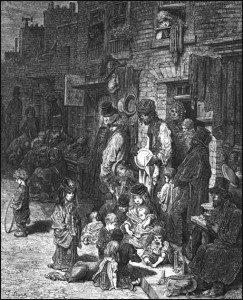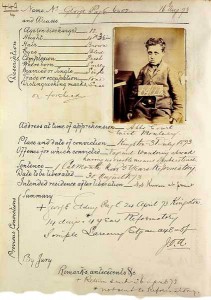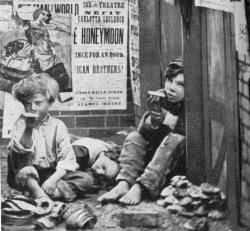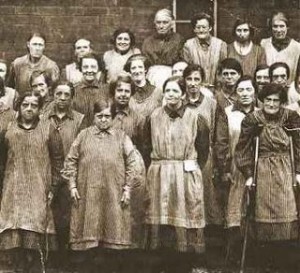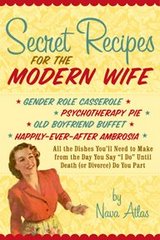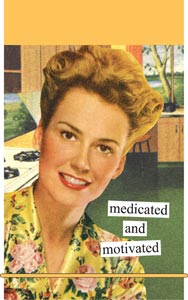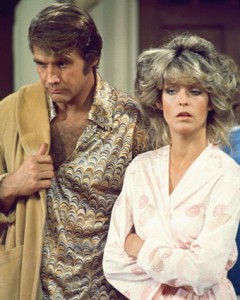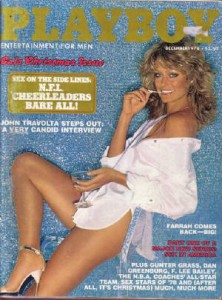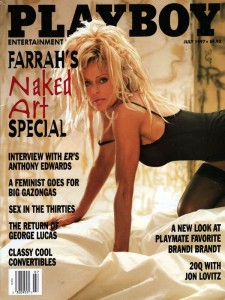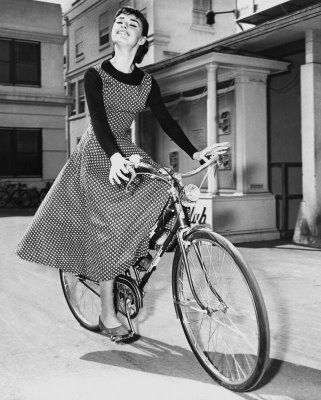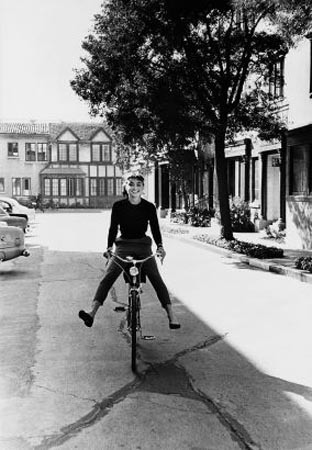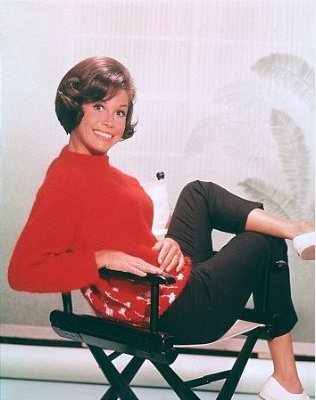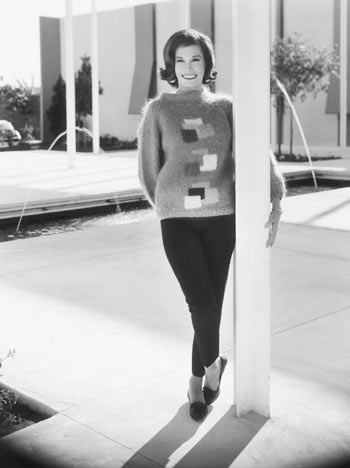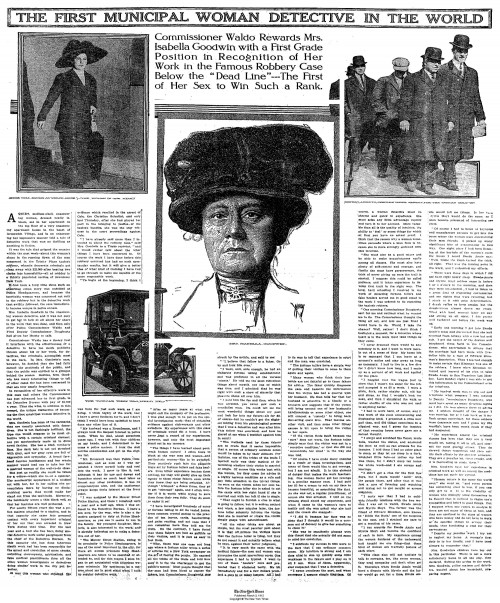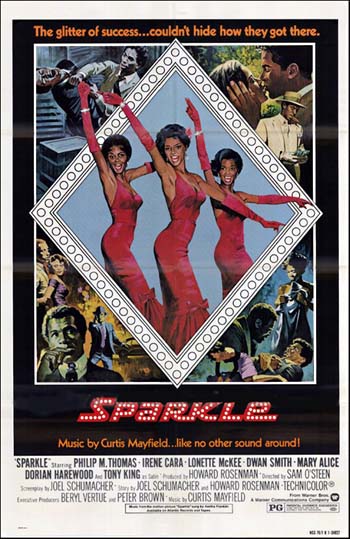This article, written by an anonymous female, was published in The Bedside Esquire, 1940 — just see how well it holds up today *wink*
The Wench Is Not Amused, by Anonymous
Any girl, if the body she possesses isn’t actually deformed and the face badly moth-bitten, is going to become acquainted with the gentle art of seduction fairly early in life. As for myself, I’ve had what I now recognize as more than my share of experience.
Not at the risk of sounding vain, because I know I am vain, I’ll say that when men look at me in the street I know why. They’ve good reason to. In 1930, when the agency I was working for folded, I posed for several commercial photographers. I’ve seen strange men studying my picture in a magazine and, though their eyes generally started at the ankles & worked up by degrees, I’m pleased to admit that they looked twice at the face, too. And I’ve read a book, I dance well because I love it, I know how to listen as well as talk, I can tell a touchback from a safety, I can hold my likker as well as my men – when I want to – and I know most of the right words. I seldom buy my own dinner.
I know it sounds conceited as the devil but, darn it, it’s true. I’ll lay twenty to one I can make any nine out of ten males, provided they are neither puling infants nor doddering antiquarians, ask for my phone number within any given half-hour.
So, when I say I’ve had more than the average experience with the technique of seduction (horrible phrase) I think I’m stating a simple truth.
When a gal is first turned loose on the world of man the game of seduction – win, lose or draw – is pretty exciting. And it continues to be for some years. At first, either your parents or your school keep you under observation & your only exposed to younger men. Their approach, naturally, isn’t as polished as that which you’ll encounter later. Also, the fact that you are under some sort of surveillance means that you’ll be exposed only occasionally & for brief periods of time & not to the extensive & intensive campaigns you’ll have to face when you become what is so quaintly known as a bachelor girl. During my lat four years of school, a year abroad, & my first three or four years in New York I must admit that I thoroughly enjoyed the whole tiresome process; particularly so when I learned that, so long as I kept my head, the game could be played according to my own rules without ever hurting the boy friend’s sense of masculine superiority in the least.
It was always a thrilling battle & the campaign itself was often more exciting than the storming, or attempted storming of one’s last citadel. How many times I’ve lost in this warfare is entirely a matter of my own business. But I will say this: no campaigner, no matter how hardened, ever overcame my last line of defense unless I deliberately chose that he should – and that can hardly be counted a total defeat.
In the past year, sadly enough, I’ve come to realize that what was once an enthralling game is now a deadly bore. And I contend it’s all the men’s fault. A seduction should be above all things glamorous & exciting. But can there be glamour in a story repeated a dozen, yea a hundred times? Can glamour be expected to survive the hundredth ardent whisper of non-poetic time-worn words? Can there be excitement in a card game played eternally, with both players forever holding the same cards? There cannot!
Why don’t men vary their approaches? Damn it, haven’t they any originality? Must they be so monotonous?
Why is it that each man has at his command three or four of the seven standard approaches to seduction & selects his approach according to what he fondly believes to be his shrewd analysis of the character of the wench he is lusting for?
This is all wrong. And something should be done about it. Why don’t men realize that an injection of originality or novelty into their love-making will get them further with the gal of their temporary choice than any pet phrases or standard passes the gibbering idiots can produce?
Repetition is so damn boring. The fun is all gone if, after the first kiss & the first declaration, you can, from past experience, anticipate practically every word & gesture that is to follow, be it a one night stand or a three week siege. And that isn’t right – sex should be fun.
If you’re a girl who hasn’t given this matter any objective thought, stop now & take stock. You’ll be saddened & disillusioned to see what well-worn ruts your young men pursue.
And you, lad, believing yourself to be a Casanova as you do, cast your eyes over the following catalog – and blush for your sex’s limitations. Blush, too, for yourself, for you have nothing more on the ball than any other man. You’re unoriginal & trite. That swell build-up you were planning to use tonight & which you rather expected to send darling little Jean into a swoon will be the same build-up John used on her two months ago, Paul the week before, Ronald last year, and so on back to the days when she bought her first lipstick & lace panties. And you actually expected her to fall for it tonight? Fooey! Those girlish peals of laughter will probably be at you, rather than with you. But you have only to get yourself a new approach, my lad, really new, and your path will be paved with recumbent maidens.
The following list contains what I’ve found to be the seven fundamental approaches. There are, of course, variants but they are all variants of these basic seven. At least, my own experience & the experience of attractive girls I know leads me to believe that this is a complete list. If it isn’t, I’ve been neglected & I resent that. And if the young man will step forward to present credentials proving that he is in possession of an Approach Number Eight I’ll be glad to meet him on his home grounds, winner take all.
Approach One
The Crudest Simple, and very raw. The idea is for the male to ply you with likker until you lose control. The man who uses this approach is obviously a louse, obviously without resources, and so unsubtle that he is easily seen through & a cinch to out-smart. This technique is so bad it doesn’t merit serious discussion. The only ones who will succumb to this attack are the completely foolish, those who are particularly light-headed drinkers & potential nymphomaniacs.
Approach Two
The Cheapest As crude in its way as One. This man tries to get at you through passionate declarations of love. He may even plead with you to marry him, sometimes soon. Meanwhile, sine you are already man & wife in the eyes of God or, at the very least, two hearts that beat as one – how about it? The man who uses these tactics is probably an even greater louse than the likker-plying-male. The ‘I-love-you’-chanted-soulfully method will succeed only with susceptible virgins (any age) and those stridently emotional wenches of meager intelligence whose metier in life is rocking the cradle. The gal who has been around will merely enjoy her laugh, when approached in this manner, and promptly send the man back to the minor leagues, where he belongs.
Approach Three
The Ham-iest The long-bearded ‘misunderstood husband’ gag. No elucidation is needed. Only fools fall for this chestnut & it is doubtful if, after falling, they deserve any sympathy. It has been my experience that married men are seldom worth the trouble. It is generally wisest to send them home to the little woman, in short order.
Approach Four
The Outright Purchase Like the Greeks, they come bearing gifts; generally expensive & so tendered that it is possible for the semi-prostitute to accept her wages without feeling too professional. The man who pulls this one isn’t fooling. He means business & wants it tacitly understood that there are to be no strings attached to this business deal. And he is intelligent enough to know that the average female is capable of very long distance rationalizing & thus can graciously & righteously accept a fur coat or a diamond ring whereas would regard the offer of actual cash as a terrific insult. This system, probably because it has sound economic & not emotional basis, is liable to work with any of us who haven’t been an heiress. If the man is anywhere near as attractive as his gift it is sometimes necessary for a gal to summon up her last bit of will power to say ‘No.’ But it usually is worth it, if only to preserve those few remaining shreds of self respect.
Approach Five
The Big Brother Act This predatory gent is an insidious operator where the unwary female is concerned. In the first place, he is patient. This, in itself, is usually enough to throw you off. He starts off on a ‘just friends’ basis & worms his way into your heart as a confidant & pal. Before you know it you are, on those odd nights, telling him all about your joys or sorrows with whichever Tom, Dick or Harry you are at the moment involved. He is very sweet, sympathetic & understanding. But he is playing a waiting game. He knows that eventually, human nature being what it is, there’ll be a bust-up between you & the boy of the moment… and when it comes you’ll find his broad shoulder there for you to weep on. You weep & you weep. You’re on the rebound & desperately in need of masculine comforting. And suddenly you find that you’re getting it in a very big, and totally unexpected way. And because you are weak & blue& emotionally drained & in need of some male tenderness you all at once become aware of the fact that your Big Brother is is much sweeter & more desirable than you had ever found him to be before. And if he realizes this at the same time that you awaken… you’re lost. When he puts on the pressure you’re defenceless. I know that this approach depends upon extenuating circumstances but they occur far more frequently than one ever suspects. And a girl on the rebound is in no fit condition to put up an adequate defence. My only solution is this: never trust a man who tries to build up a platonic friendship with you. At the time it may seem to you that it would be such a relief to know a man like that, but you can with impunity bet your last garter-belt that you’re wrong because, some place in the back of his mind, he’ll have an idea or two…
Approach Six
The Pseudo-Sophisticate This approach has three subdivisions but they are all based on the same fundamental sophistry: 6-A. The Philosophical. The life-is-real, life-is-earnest, opportunity-knocks-but-once, so grab-each-fleeting-moment-while-you-may school. This is, of course, the veriest hokum, fit only for children in their teens. Every woman beyond the age of adolescence knows that this unique opportunity the gentleman is so magnanimously offering her is an opportunity that knocks all too damn frequently. Why any man who isn’t completely witless ever thinks a girl will believe him to be the only one who will ever offer her a chance to indulge in a life of sin is beyond me. So, girls, the nest time a man pulls this, ‘Tonight is ours!’ line on you, control your laughter, let him down gently, and send him on his way. The stronger sex? Physically, yes.
6-B. The Pagan. This lad is likely to have long hair. He has read Ulysses and has a glib knowledge of neo-realistic painting or something of that sort. He thinks very highly of individualism & quote Nietzsche’s remarks about the Superman (himself). he tells you that the old, conventional moral standards of our fathers are outmoded (news to you?) and insists that today we see such things as sexual relations with a new vision, a proper perspective. ‘After all, we want each other, and what is going to stop us?’ he asks. ‘Aren’t we free people, free to live our own lives?’ You are also free to point out to him that ‘we want each other’ is taking altogether too much for granted. You explain, in as tactful & gentle terms as the situation requires, that a fairly ardent kiss or two, permitted in a moment of weakness, doesn’t exactly establish the fact that you are willing to turn over the body beautiful. He’ll never believe, of course, that it wasn’t your inhibitions which prevented you from succumbing & he’ll go on his way, still proud of his free & soaring spirit, in search of a girl with low heels & spectacles, who thinks Communism would be nice. And he’ll say to her ‘Look at Russia,’ and get away with it. I don’t want to look at Russia. Blouses & smocks? Not with my torso.
6-C. The Physical. Whereas the first chap in this category went at you on a philosophical plane, so-called & the second tried to weaken you on a moral & individualistic grounds the ‘Physical’ lad goes to the root of the matter & attacks you with body blows. His weapons are psychiatry, Freudian psychology & your glands. These physical realists always have your well being at heart. They explain at great length that sex is an appetite which must be satisfied if one isn’t to become a victim of all sorts of fetishes & suppressed desires. Now, no girl would want to become amorous in public with Shetland pony or become addicted to horsewhipping her grandmother. It isn’t being done. The obvious solution is to permit whichever physical realist is at the moment spouting his propaganda to come between you & the tragedies of perversion. The whole affair is, of course, to be considered in your own best interests.
We may very well be animals & victims of appetites which must be satisfied in order to prevent complexes & frustrations. I’m willing to admit that the boys may have something there. But, so far, I’ve been able to order my own meals & I think I’ll continue to do so. When I’m hungry I’ll eat, if the proper food is available, and no one is going to force improperly prepared food on me when I’m not hungry… and my grandmother will have to take her chances.
Approach Seven
The ‘Forcing’ Method Or perhaps I should call it the cat-and-mouse attack. In any event, the glib gentleman who works this approach on you is primarily concerned with forcing you to make the final move and ‘Safety First’ is obviously his motto. The opening lines generally read something like this, ‘I don’t love you & I know you don’t love me – but I can’t help wanting you. Why pretend? I think you’re swell – sex excluded – but you’re so damned attractive that, no matter how hard I try, when I’m with you I want you.’ Then he adds, oh very frankly & fairly, ‘I like you so much that I have to be honest with you. If I continue to see you I’ll make love to you, I can’t help myself. If you want me to stop coming around, now that you know, you’ve only to say so.’ The catch in this last speech is that he only produces it when he is pretty damn sure that you like him a lot & enjoy being with him. Of course you, liking him as you do & feeling on safe terrain because he hasn’t so much as touched you, laugh it off & take your chances.
But after a night or two of conversation in the same vein but growing progressively more intense, the chances are that he will kiss you: ardently, of course, and probably with considerable finesse – and you’ve given the inch that may coast you your virtue.
Gently & insidiously the campaign progresses. Each night it will become a little more intense & each nigh your defences will fall back and inch or two. But he will never use force, never put on an any obvious pressure. Each time you feel called upon to say ‘Stop,’ he’ll stop – to your growing annoyance. And, though you probably won’t realize it, that is one word you’ll come to use less & less frequently.
Slowly & inevitably the tide, to use a figure of speech, creeps up & up until that night when you’ve forgotten even the meaning of the word – and then the louse stops of his own accord!
The speeches at this point are liable to be on the impassioned side & to deal at some length with his desire for you & your many darling qualities & so on far into the night. Eventually he gets around to asking you if you, too, desire him. After what has just transpired you wonder of he is a complete idiot, then reassure him in your own subtle way.
This generally calls for a clinch & the addition of fuel to the flame. After a proper interval he pulls the Remorse-stop. It goes something like this & is generally delivered in a somewhat throaty voice, ìI want you sooo much (pause) but I can’t let you do this unless you are sure in your own mind. We’re excited now, my dear, (He’s telling you!) and I wouldn’t want you to do anything you’d later regret. I want you more than anyone I’ve ever known, (this is standard: note careful evasion of the word love) but this is too beautiful an adventure to rush into headlong.î While you’re wondering just how he would have you rush into said adventure he makes a suggestion, ‘Sleep on it tonight & think it over in the clear light of day, tomorrow. We’ll meet for dinner, and then you can give me your decision.’
You agree, and this leads to another scene that wouldn’t get by the Will Hays’ office & considerable incoherent & what he thinks is poetic talk about how much he hopes you’ll feel tomorrow night as you do tonight.
Then there is much discussed sleep & ‘thinking (if any) in the light of day.’ It would serve the gent right if the daylight led to a decision he wouldn’t like but for some darned reason it seldom does.
When you meet him the next night he is pretty solemn about the whole thing (but you can be sure he’ll give you the best dinner he can afford, with a rather obvious emphasis on the wine list). Once you get back to whichever apartment is the scene of combat you’ll find that tenderness is the preliminary mood of the evening. He may not use his arms & hands as they were intended to be used as all, but if he does he’ll be very, very gentle. In desperation you finally take him by the hand, figuratively speaking, and lead him to the bedroom.
It may be several days before you begin to realize that you’ve been had in more ways than one. And if this realization doesn’t come to you shortly you are in an even worse position because you’ve been had so thoroughly that your heart may well be in your young man’s hands – and that is one section of your anatomy which should remain permanently yours.
There is a mild variant to this approach. In this method the man, at the critical point, doesn’t suggest a little daylight thought on the subject but, instead, goes dramatic & says, ‘No, this can’t be. The price you pay is too large,’ or words to that effect. It works out in exactly the same way. One says, ‘Perhaps.’ and the other says, ‘no,’ and in the end you are unconsciously forced into taking them both by the hand…
This is probably the most difficult form of seduction to work clear of – because you’ve been allowed to work yourself into it.
These are the standardized versions of sexual Blind Man’s Bluff, Tag, You’re It, or whatever you want to call it, as I know them. There are probably other, depending on race, color or previous condition of servitude but I wager that they are in their way just as standardized. What to do about it?
Sometimes I think I’d rather be attacked. Or at least meet a man direct enough to say bluntly & without preamble, ‘I think you’re swell & I’d like to make love to you. I warn you, if you say no I’ll ask you the same thing tomorrow night. What will it be, milady’s boudoir or the movies?’
The hell of it is, experience has so conditioned me that I’d probably choose the movies & be forced to sit through a Hollywood version of the preliminaries of one of the stereotyped brands of seduction I’ve listed. There’s no escape.
